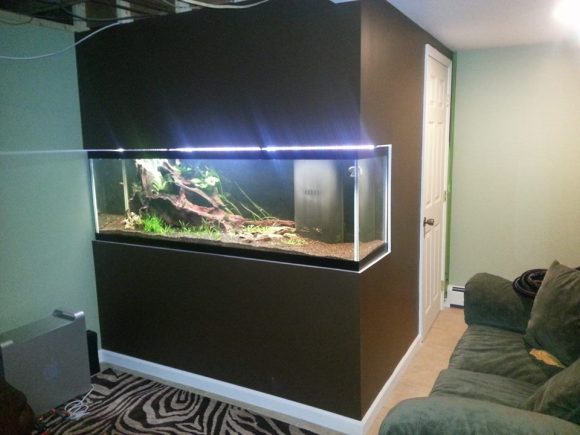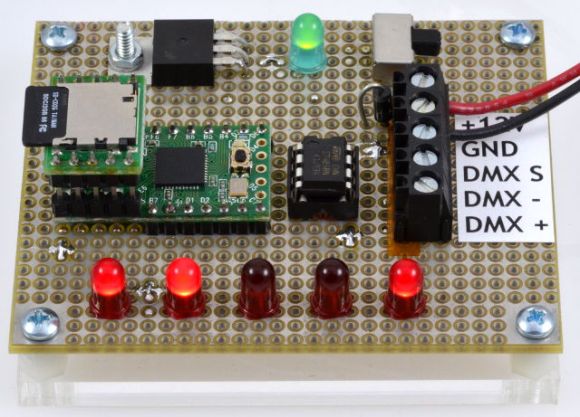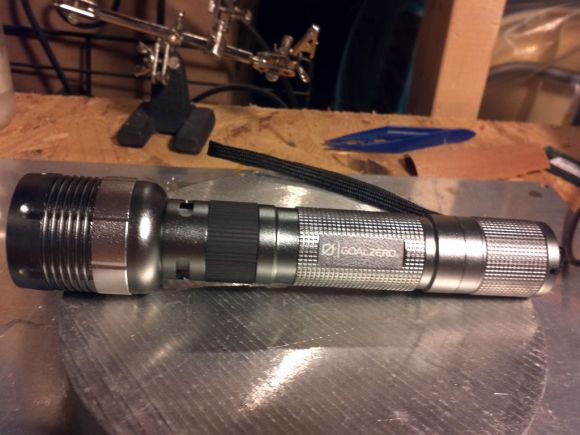
We looked through the build log for this in-wall aquarium and were a bit horrified by the before pictures. You look at the original basement photo and there’s wood paneling, an incredibly rusty plumbing stack, and good god what is that wire jumble hanging from the ceiling? But the project’s not about building codes, it’s about the infrastructure that supports this fish tank.
This corner of the basement has a window and the electrical panel in it. It needs to be this big in order to enclose that window, but that offered the opportunity to add in the aquarium while still allowing easy access for feeding and cleaning. Hot and cold water pipes were run over to the location for easy filling. There’s even a drain line running to a utility sink in a different part of the basement for easy cleaning.
This seems like a bit of an upgrade when compared to the coffee pot fish bowl.
[via Reddit]















